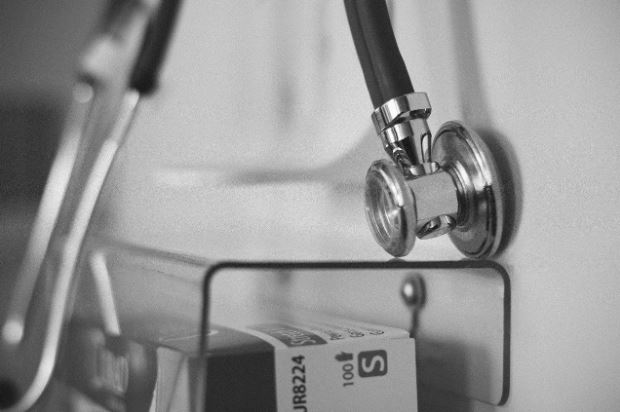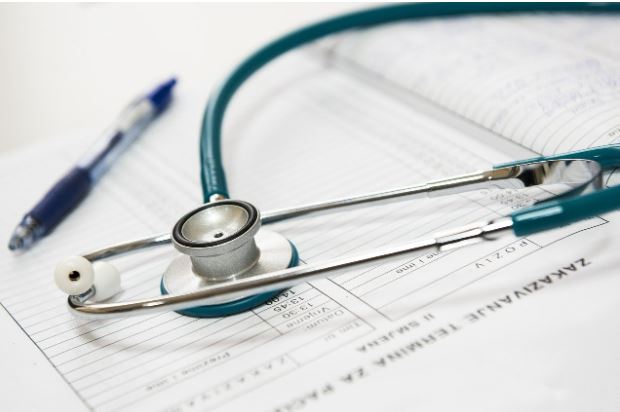
Health data interoperability has become quite important for both providers and vendors. Even developers are paying more attention to this issue. The goal is to make the data standards that ensure seamless, on-demand information exchange.
And this is where the Fast Healthcare Interoperability Resource (FHIR) comes into play. This is one of the most popular protocols for joining disparate systems together.
Many professionals claim that FHIR looks quite promising for now and that the system vouches for a better and more interoperable future.
But, how does it work? What is it exactly? And what are its benefits?
A recent study on FHIR could help you understand why this system is so valuable. However, if you want a shorter version, keep on reading.
What is FHIR?
Developed by HL7, FHIR is a standard designed to follow the growth in the use of electronic health records (EHRs).
The goal of this standard is to simplify implementation without sacrificing information integrity. FHIR leverages existing logical and theoretical models to provide a consistent, easy to implement, and rigorous mechanism for data exchange between healthcare applications.
FHIR can be used in two ways:
- As a stand-alone data exchange standard
- In conjunction with existing standards
How does it work?
It is important to know that FHIR is primarily designed for the internet and built upon the concept of resources. These resources come in the shape of exchangeable content.
They are then used as building blocks that can be incorporated into existing systems. In order for something to become a resource, it must have the following:
- Common definition and method of representation
- Human-readable segment
- Common set of metadata
Thanks to the nature of FHIR, the resources are based on the following structures:
- JSON
- XML
- HTTP
- Atom
- OAuth
People behind this project had the idea to create a framework that can be used to extend and adapt resources and can be interpreted by any system regardless of how it was developed.
This standard can be used in a variety of applications, including mobile apps, cloud communications, EHRs, and so on.
What makes FHIR different from other projects aimed at improving interoperability?

The main problem of healthcare systems today is that most of them rely on paper documents when it comes to the exchange of data.
This kind of data interoperability is not so good. It doesn’t matter if it is faxed, emailed, or sent electronically, providers typically have to pick a set of data to transmit and then generate a message that contains only that data.
This kind of approach helps with communication and works. But, this is also too limiting for meaningful care coordination, decision-making, or data analytics.
For instance, the Consolidated Clinical Document Architecture (C-CDA) is a standardized document format that includes a lot of sensitive details but is similar to a PDF.
To be precise, the data is relatively static and it takes a special effort to extract the information and make it usable in other formats.
The gist here is that document-based exchange does not allow a provider to delve into the context of the data received.
On the other hand, when you use standardized application programming interface standards (API), the developers can create apps that transcend the document-based environment. And this is exactly what FHIR can do.
You will be able to plug applications into a basic EHR operating system and feed information directly into the provider workflow. This will help to avoid the pitfalls of document-based exchange, which often requires the provider to access data separately.
The interoperability initiative is focused on moving data back and forth and overcoming data reconciliation challenges.
FHIR benefits
As you can probably tell by now, the goal of FHIR is to standardize the exchange of healthcare information. In turn, healthcare providers and administrators are enabled to easily share patient information even when they don’t use the same software system.
Thanks to FHIR, each resource is associated with a unique identifier. So, if URLs make it easy to find a specific web page regardless of the device or browser being used, FHIR makes it possible to access the right information from any device or app.
Through the creation of standard URLs for packets of information, FHIR erases the need to exchange individual documents or data back and forth between systems. However, it still ensures that disparate applications can point to the right information and the same version of that information at the same time.
As a result, developers can build more user-friendly applications with functionalities that ensure fast and reliable access to accurate data regardless of the EHR or other applications being used.
Additionally, FHIR also has built-in traceability features to HL7 RIM and other content models to support alignment with existing best practices even if they do not understand RIM well or other deviations of HL7 v3.
The challenges of FHIR

FHIR is, no doubt, great in theory. However, it is still not ready for showtime, as it encounters some challenges. To be precise, FHIR shares many of the same challenges of HL7 integration.
For instance, if different versions of FHIR are implemented in different systems, the two systems won’t be interoperable.
Some other problems occur when EHR vendors don’t implement all available FHIR APIs. And if they do, they don’t implement the whole API.
These and similar problems undermine the goal of achieving interoperability. However, the developers behind this project are dedicatedly working on solving these issues and finding a solution.
What does the future have in store for us?
Many professionals believe that FHIR is causing a revolution in how developers see the underlying technical infrastructure that supports patient care.
It is inevitable that applications are becoming a standard way of structuring systems and may change the way EHRs look and work in the near future.
Furthermore, the future of the EHR should look a lot like our smartphones. Eventually, there will be a basic platform with lots of little applets sitting on top of it.
However, we will have to wait for this one and see what really comes of it. The promises of FHIR are numerous and the support is there. Developers are working on finding new ways to address the basic problems of health data interoperability.
Hopefully, providers and patients might soon gain access to some of the mentioned functionalities.
Interesting related article:

